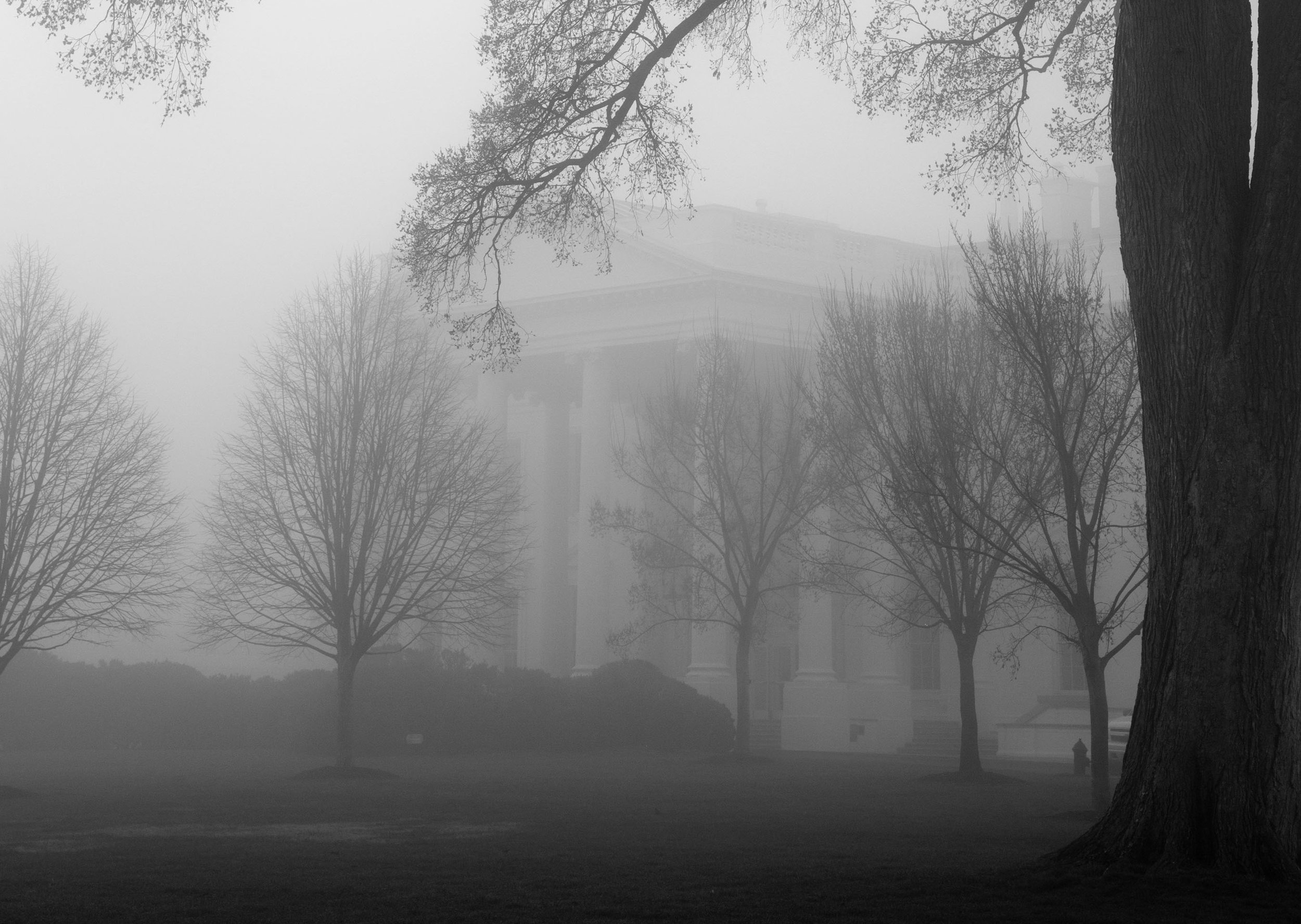Grant “Oversight” or Government Overreach
Public Doman U.S. Government Image
Yesterday the White House issued an Executive Order titled “Improving Oversight of Federal Grantmaking”. This EO requires significant changes to how Executive Branch agencies manage discretionary grants - that is grant funding which is managed and disbursed through agency level proposals and review. The order does not purport to manage Congressionally approved block grants or other grant-like programs which are directly appropriated by Congress.
Some of the new requirements apply primarily to the agency internal process. There are new requirements over how grants are managed and reviewed at the agency level, including requiring that the grant process be overseen by a “senior appointee”, who is meant to be “an individual appointed by the President, a non-career member of the Senior Executive Service, or an employee encumbering a Senior Level, Scientific and Professional, or Grade 15 position in Schedule C of the excepted service”. Translated from federalese, this means someone very senior and likely with political ties to the administration.
This “senior appointee” will manage a process which is likely to be more cumbersome, longer, and less productive for applicants. It will also be a trial for that appointee - they are not permitted to rely primarily on panel recommendations and are required to actually be the final decisionmaker. But that’s their problem.
There are two key changes that directly affect potential grantees:
Explicit content guidelines which include a requirement that “Discretionary awards must, where applicable, demonstrably advance the President’s policy priorities.”
In addition to promoting the President’s agenda, awards may not be given to activities that are counter to that agenda, including those that promote or enable:
Any discriminatory racial criterion for employment or participation;
Any acknowledgement that transgender, nonbinary, or gender expansive people exist;
“[I]llegal immigration”; and
“[A]ny other initiatives that compromise public safety or promote anti-American values”.
For those who have been following the NEA grant issues that I’ve been discussing since February, these limitations may seem familiar. While the language is slightly different, the underlying concept is the same - nothing that promotes what the administration considers “illegal discrimination” (i.e., excluding white people) or promotion of “gender ideology”. And while nothing here discusses other concepts which are considered as part of DEI, we can probably consider it implied as part of “other initiatives.”
The introduction of termination for convenience, including the government deciding that the work performed under the grant is no longer in the national interest. This effectively means that no grant recipient can rely on having access to granted funds at any given time. All draw downs will require justification and review and if the agency decides they don’t like what a grantee is doing, or that research is proving the wrong point, all funding can be cut off.
This will wreak havoc with budgets and cash flow analysis. It also means that organizations will need to consider whether to enter third party agreements which would be funded through federal funds, since there is no way to fully rely on having access to those dollars. If you wanted to essentially eliminate all federal discretionary grant funding (or have a serious cudgel to ensure that grantees toe the line), this is the way to do it.
Note that termination for convenience is common in the federal contracting world, but there are additional regulations in place to protect contractors when this happens. It is unclear whether there would be any recourse for grantees who relied on supposed commitments of grant funding that was then rescinded.
It is almost certain that actions undertaken in accordance with this EO will ultimately be challenged in court as violating the First Amendment at minimum and possibly other federal laws. Certainly the current cases challenging the Trump administration’s actions related to grant applications and terminating funding, which have been preliminarily successful, will be informative. Given that most of those cases are still at the district court level and will likely be challenged through to the Supreme Court, the uncertainty remains.
In the meantime, organizations that have historically relied on federal grants need to be considering a variety of actions to protect themselves and their constituents. This includes diversifying funding sources and considering whether organizational values even support seeking funding under these conditions.
For orgs which have existing grants or for whom it makes sense to continue applying, it also means looking at existing and proposed relationships and making sure that contracts reflect the current uncertain reality of federal funding, including, unfortunately, those termination clauses.
This material presented for informational purposes only. Not intended as legal advice.
